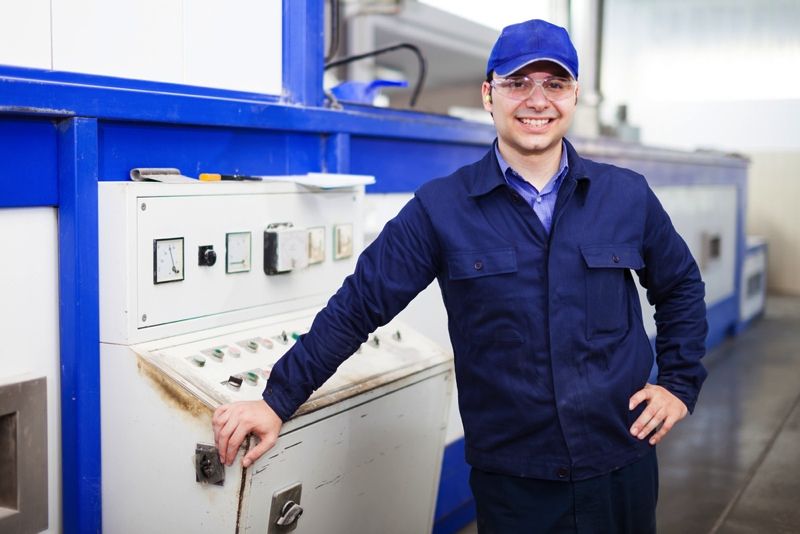Minimizing Your Plant’s Electrical Maintenance Issues with Proper Cabinet Cooling Systems

Your electrical equipment needs to be sheltered from harsh environments and extreme conditions. Electrical enclosures do a great job of keeping the electronics shielded from contaminants, such as dirt or moisture. But what about the heat produced by the equipment themselves? Choosing the right cabinet cooling system will help decrease unplanned maintenance by keeping the equipment in proper operating conditions.
Of the various cabinet cooling systems, there are a few key factors to pay attention to. First, cooling systems can be active or passive. The cabinet cooling systems can also be either closed loop or open loop. All cabinet cooling systems should be sized based upon thermal load and enclosure size; a cooling system will be inefficient if it is too small or too large for the application.
Active or Passive Cooling
Active cabinet cooling systems consume energy to provide cooling below the ambient temperature. This makes use of the refrigeration cycle to compress refrigerant vapor, then condense it into liquid form. Passive cabinet cooling systems use the air outside the enclosure to provide internal cooling down to just above the ambient temperature. There is less energy consumed as the cooling occurs without the use of a refrigerant compressor.
While active cooling requires a higher amount of energy, it can also provide a higher level of cooling. If your equipment needs to be held at a temperature that is below the ambient air temperature outside of the enclosure or the ambient temperature is too high for recommended operating temperatures, an active cooling system such as an air conditioner is the only way to achieve this. On the other hand, if the air in your plant is always going to be below the recommended operating temperature for your electronics, a passive cooling system such as an air to air heat exchanger or filtered fan can be used.
Closed Loop Cooling
For any electrical enclosure located in a harsh environment, closed loop cooling will provide much better protection for your electrical equipment. With closed loop cooling, the electrical enclosure is completely sealed from the outside conditions during normal closed-door operation. This means that any dust or dirt, as well as moisture and any other contaminants, cannot enter the cabinet. Any maintenance tasks or other situations which require the cabinet door to be opened will allow contaminants in, so your maintenance employees should be vigilant while inspecting the electronic equipment to keep the interior clean. Both air to air heat exchangers and air conditioners are capable of providing closed loop cooling.
Open loop cooling does not provide the same level of benefits as closed loop cooling. While a filter can be used to decrease dust and dirt, airborne particulate matter smaller than the filter size can penetrate the interior of the enclosure. Moisture levels inside the enclosure are also more difficult to regulate, as they can readily fluctuate dependent upon the exterior humidity. A filtered fan is one example of an open loop cabinet cooling system.
Sizing
While it might seem that bigger is always better, this is definitely not the case with cabinet cooling systems. An oversized air conditioner will cycle more frequently than a properly sized unit, and which will consume more energy than longer less frequent cycles. A filtered fan that is too large for the application will allow in more of the ambient air than is necessary to provide adequate cooling, which can lead to increased corrosion or dust buildup.
When deciding which cabinet cooling system is appropriate for your application, you don’t need to make the decision by yourself! At Thermal-Edge, our experienced sales team is ready to help you determine the proper cooling system to meet your needs.


